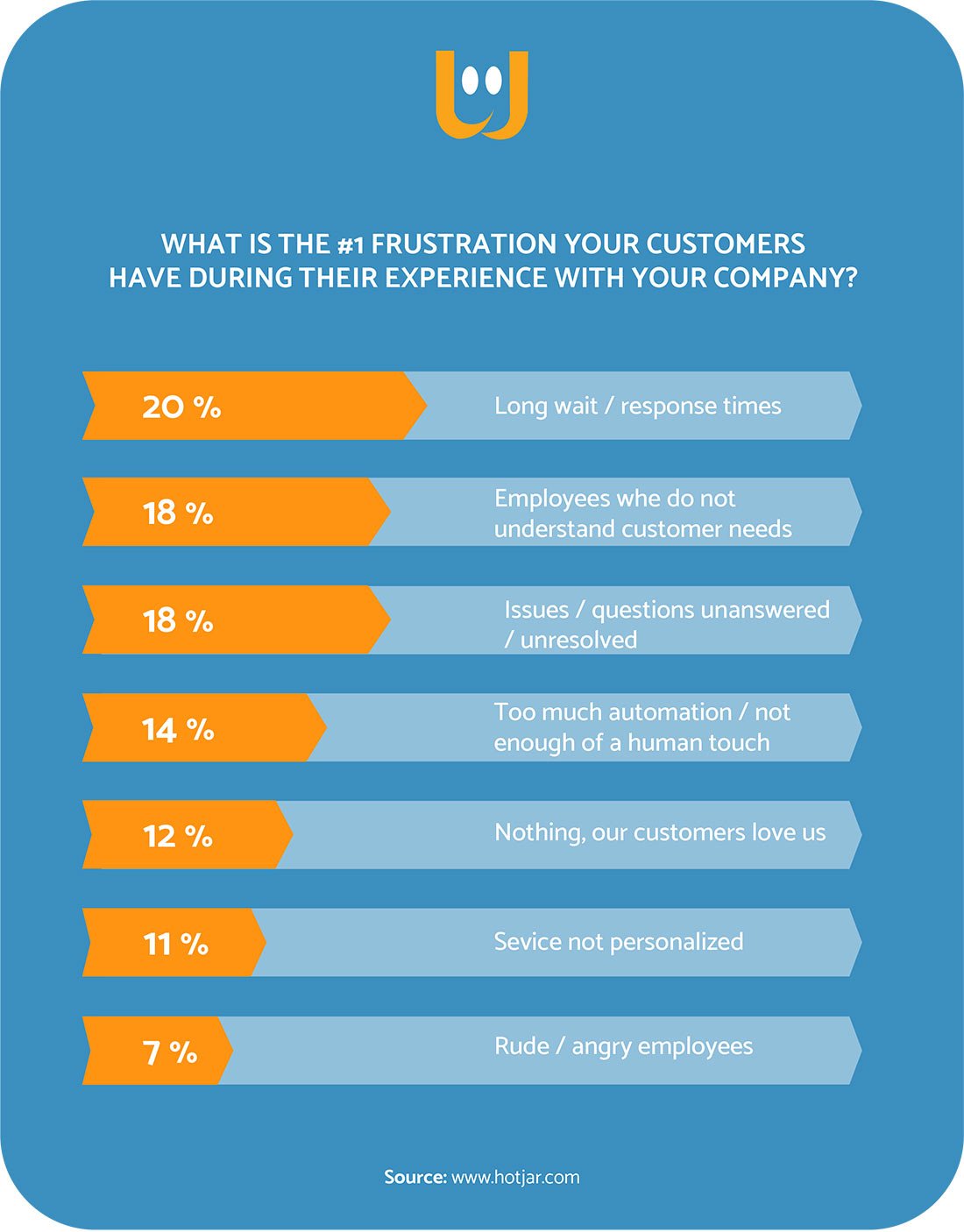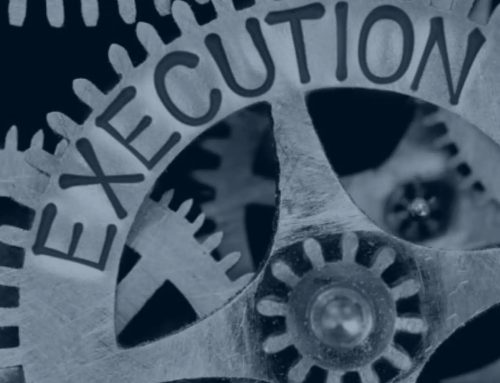Retail Gamification: How does the motivational framework now used by many retail businesses and outlets work?
In recent years, characterized by a strong drive for innovation, Several methodologies for change management have emerged. Organizational change has become a focal point of this revolution, with an emphasis on business process renewal and human resource management.
Among the various methodologies that emerged, gamification has distinguished itself by its unique ability to capture attention and actively engage individuals. This approach is now well established in the market, registering increasingly high growth estimates, due to its effectiveness in creating engagement and encouraging positive behaviors within organizations.
In this article, we will explore how the gamification framework has been adopted by the retail sector, combining internal organizational needs with marketing and promotion needs. Retail, an evolving and increasingly customer experience-driven industry, has found gamification to be a powerful tool for motivating staff, improving performance and creating a stronger bond between the brand and its consumers.
What is gamification in retail
Gamification is an innovative strategy that is gaining increasing importance in the retail industry. This approach engages customers through playful and interactive elements, turning the shopping experience into a fun and engaging experience.
The global gamification market is projected to reach $37 billion by 2027, demonstrating its wide adoption and growth potential. In the United States, the gamification industry is already worth more than $2 billion.
Gamification is based on the “ludicization” of processes, for in-store productivity or to incentivize purchase by rewarding consumers with personalized and interactive experiences. This approach incorporates a number of elements, including interactive games, challenges, loyalty programs, augmented reality (AR) and virtual reality (VR).
Companies that successfully implement gamification benefit from improved conversions and customer retention with growth in return rates that can reach double digits .
Cras consectetur tristi dictum
Types of Gamification in Retail
There is Gamification, which is often very overlapping in language and graphics with actual video games, and then there is Enterprise gamification, used instead more for productive activity management, motivation and training…the mechanics and logic do not change, the difference is basically in the language used. Basically, enterprise gamification tends to be more “composed and institutional.”
In the retail world, there are a variety of gamification ways to enliven store operations, mechanics that companies can use to engage customers and improve store business performance.
2.1 Challenges, Missions and Rewards
One of the most common methods of gamification in retail is the implementation of challenges and missions for customers. These challenges may be related to purchasing specific products, attending in-store events, or interacting with the company through digital platforms. By completing these challenges, customers can earn rewards in the form of discounts, loyalty points or free products. This approach not only increases customer interaction, but also motivates them to return to the store to earn additional rewards.
Omnichannel for retail, the new cutting adge
2.2 Competition among salespeople for in-store Productivity.
Gamification is not only about customers; it can also be used to motivate employees. For example, companies can create internal scoring systems or rankings based on employee performance. This stimulates healthy competition among team members and increases the overall productivity of the store. Employees can be rewarded with incentives or special recognition for achieving specific goals.
2.3 Collaboration between Departments and Retail Employees.
Gamification can also be used to promote collaboration between different departments within a retail company. By creating common goals and internal challenges, employees from different departments can work together to achieve positive results for the company as a whole. This promotes a cohesive work environment and effective sharing of knowledge and resources.






